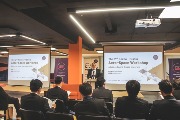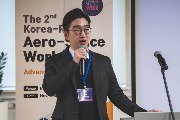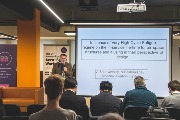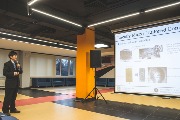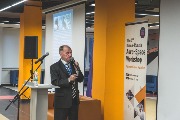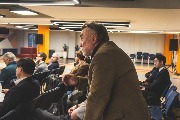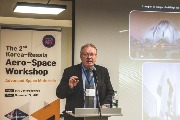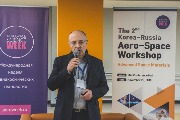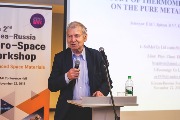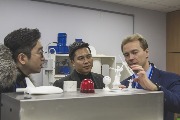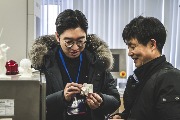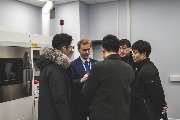The Second Korea-Russia Aerospace Workshop on Advanced Space Materials was held at MAI
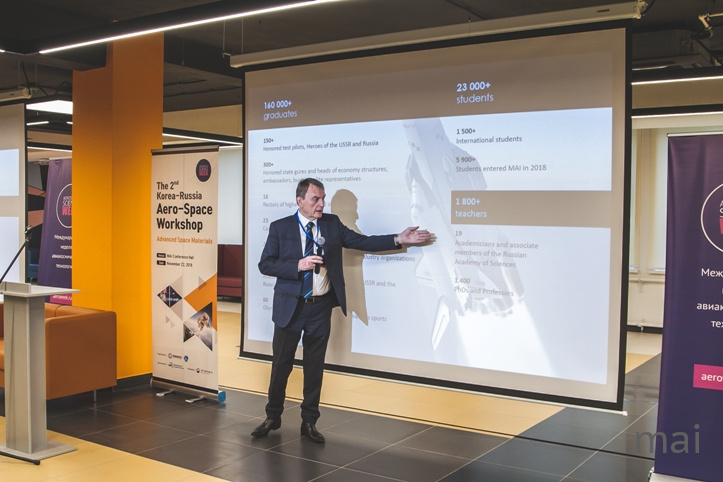
Director of KORUSTEC Dr. Gill Won Suh, Director General of the National Research Foundation of Korea (NRF) Dr. Suk Kyung Shin and Minister of the Embassy of the Republic of Korea in Russia Mr. Daesoo Kang also participated in the opening ceremony of the Workshop.“Over the past two years, four meetings took place between the presidents of the Russian Federation and the Republic of Korea, during which a start for fruitful cooperation was made. I hope our two countries will become strong strategic partners and create an innovative platform for scientific development. This workshop could be the history track to be a right union for later cooperation,” – said Mr. Daesoo Kang during the opening ceremony.“Materials science take an important place in the aerospace industry. Materials must have certain characteristics in order to withstand the conditions in which the device is located when flying at supersonic speed or being in outer space. Therefore, we decided to dedicate our second Workshop to this particular topic. Advanced space materials include composite materials, bruffy fiber, stretch materials, and many others,” - Director of KORUSTEC outlined the importance of the workshop’s topic.

During the Workshop, Korean and Russian scientists fr om seven different scientific organizations presented nine reports on advanced materials, which are used in aircraft and spacecraft constructions.
Russian scientists spoke about their research on typical issues of materials science. For example, the report made by Andrey Ripetsky, a researcher and associate professor at the 904 Engineering Department of MAI, was devoted to the technological processes of aircraft additive production using ceramics, metal and plastic materials. Doctor of Technical Sciences, Professor and Head of MAI Department "Engineering Physics", a specialist in the strength of aircraft designs, Andrey Shanyavsky shared the results of his research on the effect of high-cycle fatigue on aerospace structures.
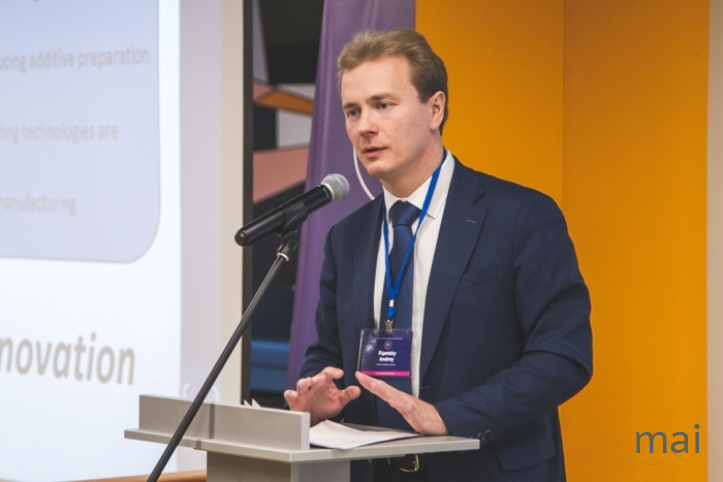
Alexander Nikitin, a colleague of Andrey Shanyavsky, also gave a report on the results of the study, which was carried out using a fatigue testing system for investigations on high strength materials for aerospace applications, and also spoke about research on this issue together with French scientists, which was intriguing for Korean colleagues.
Within the framework of the Workshop, Russian scientists spoke about their developments in the field of control of long-dimensional objects, the properties of ultra-high-temperature ceramics when used in aerospace vehicles, and the influence of sunlight on the surface of small satellites.
The research of Korean scientists was more specialized and dealt with such research problems as “Bird Strike-Induced Damages of KUH Composite Fuel Tanks”, which was researched by a specialist of Hankyong National University Kim Sang Woo, lightweight composite materials, new technologies for changing the properties of composite materials and radar-absorbing composite structures.
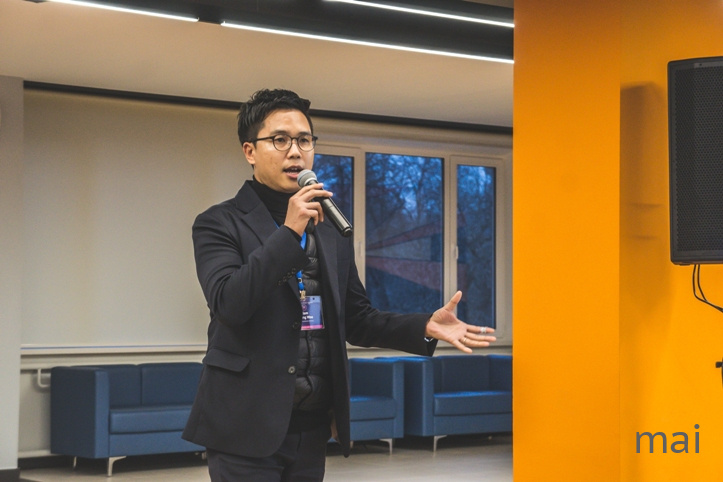
During the forum, discussions were held on several topics of the report, both sides exchanged many questions and shared their experience with colleagues.Also during the visit to MAI, the Korean delegation visited the laboratory of additive technologies of the university, wh ere Andrey Ripetsky introduced the guests to the technologies and devices that are used today at MAI to create composite models.“My friend advised me to take part in the Second Korea-Russia Aerospace Workshop, who held a report at the event in MAI last year. During the communication with Russian colleagues at the Workshop, I realized that in Korea we specialize in the application of knowledge of materials in practice, and Russian scientists are paying attention to theoretical knowledge. Participation in such a seminar is a rewarding experience and new knowledge. The topic “Advanced Space Materials” is quite broad, so in the future, I hope the themes will be more specialized, which will help to deepen research knowledge,” - shared his ideas an associate professor from the Andong National University Hee-Keun Cho.

